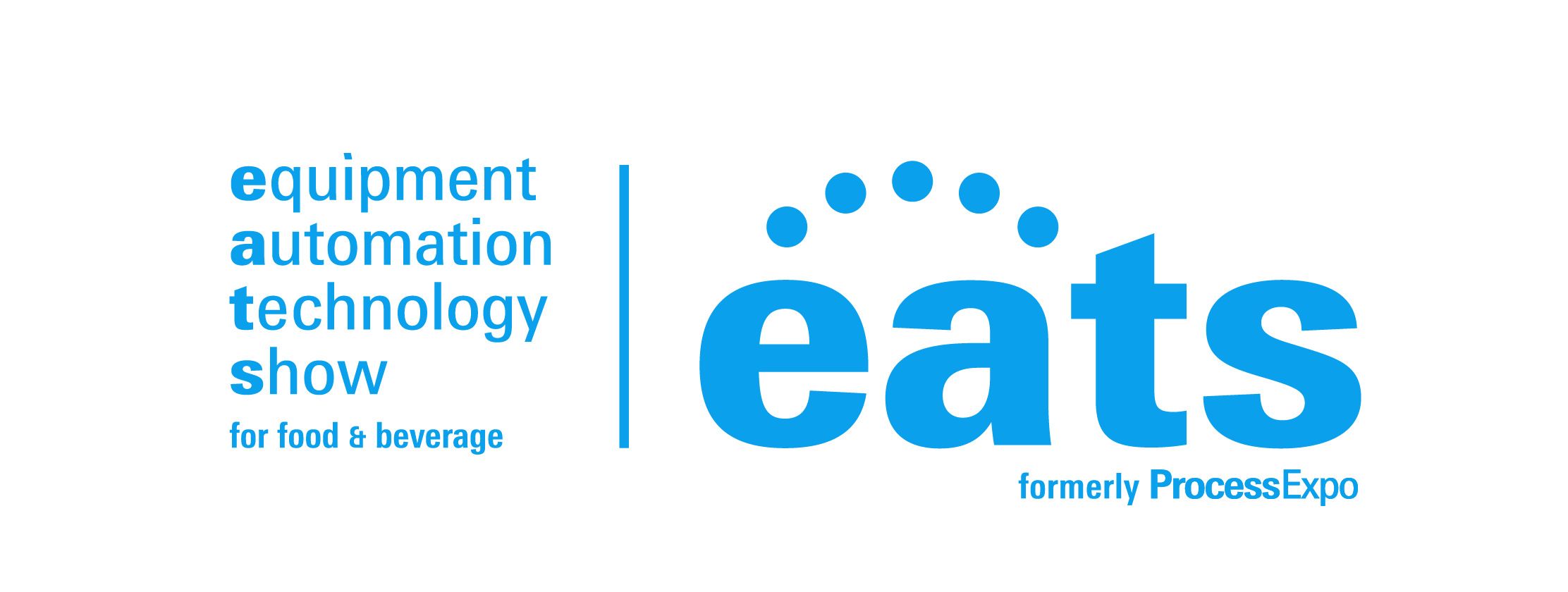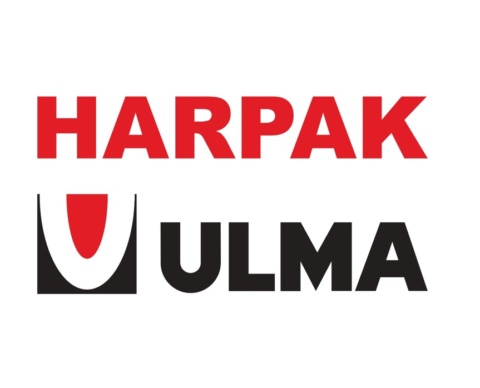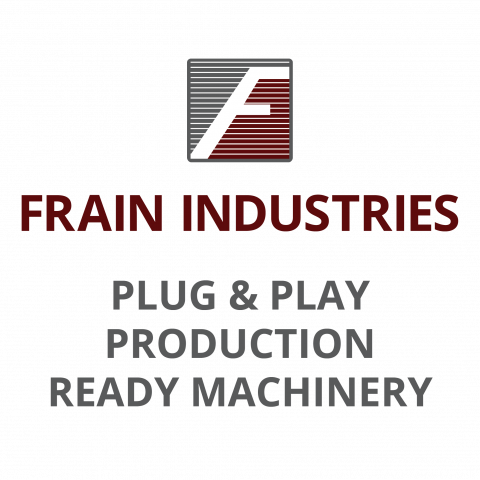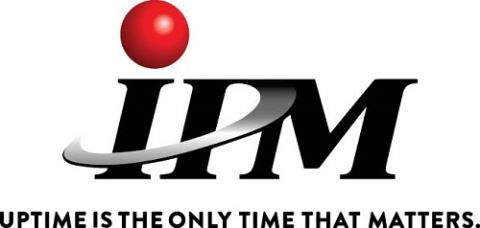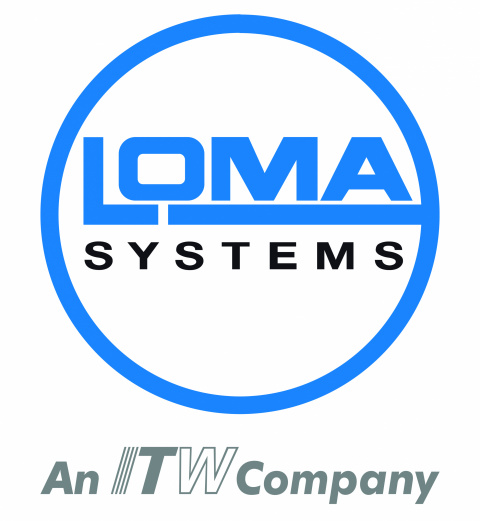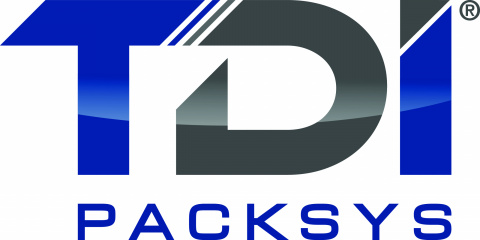

Welcome to this week’s Food Exec Brief, a roundup of the most important news shaping food and beverage manufacturing, from supply chain planning barriers and marketing intelligence breakthroughs to ecosystem-centered innovation and AI-driven workforce strategies that are redefining competitive advantage.
Key takeaways:
 Planning bottlenecks waste strategic capacity: Supply chain planners spend one-third of time on data cleanup and routine tasks rather than strategic analysis, with 40% citing data quality and process gaps as primary transformation obstacles — requiring unified data foundations and standardized processes to unlock scenario-based decision-making.
Planning bottlenecks waste strategic capacity: Supply chain planners spend one-third of time on data cleanup and routine tasks rather than strategic analysis, with 40% citing data quality and process gaps as primary transformation obstacles — requiring unified data foundations and standardized processes to unlock scenario-based decision-making. Clean room data strategies deliver 36% sales lifts: Kellanova’s privacy-safe data sharing pilot drove 9% lift for reclaimed buyers and 36% for retained buyers of Special K by connecting retailer loyalty data with brand insights — demonstrating how secure, multi-stakeholder data integration transforms marketing effectiveness beyond conventional 3-4% industry averages.
Clean room data strategies deliver 36% sales lifts: Kellanova’s privacy-safe data sharing pilot drove 9% lift for reclaimed buyers and 36% for retained buyers of Special K by connecting retailer loyalty data with brand insights — demonstrating how secure, multi-stakeholder data integration transforms marketing effectiveness beyond conventional 3-4% industry averages. Innovation shifts from SKUs to ecosystems: With new product launches declining from 50% of food introductions in 2007 to 26% in 2024 and 85% of CPG launches failing within two years, successful brands build connected systems encompassing products, services, content, and digital platforms that deliver cultural relevance rather than transactional innovation.
Innovation shifts from SKUs to ecosystems: With new product launches declining from 50% of food introductions in 2007 to 26% in 2024 and 85% of CPG launches failing within two years, successful brands build connected systems encompassing products, services, content, and digital platforms that deliver cultural relevance rather than transactional innovation. Manufacturing talent war intensifies with AI adoption: While 88% of food leaders say AI increases cyber exposure and 91% believe workforce needs new digital skills, only 10% qualify as digital leaders — forcing manufacturers to rebrand as technology companies, run co-created AI pilots, and treat talent development as ROI driver rather than cost center.
Manufacturing talent war intensifies with AI adoption: While 88% of food leaders say AI increases cyber exposure and 91% believe workforce needs new digital skills, only 10% qualify as digital leaders — forcing manufacturers to rebrand as technology companies, run co-created AI pilots, and treat talent development as ROI driver rather than cost center.
 Supply chain planning trapped in low-value firefighting
Supply chain planning trapped in low-value firefighting
Food and beverage planners waste one-third of work time on data cleanup and routine tasks while strategic decision-making gets pushed aside, with data quality gaps and fragmented systems blocking transformation more than technology itself.
Planning time allocation reveals strategic capacity waste
- Food and beverage planners spend approximately one-third of time on data cleansing, exception handling, and routine plan generation according to Deloitte research of 150+ supply chain planning professionals, representing hundreds of annual hours that could optimize networks and identify cost savings.
- Planners want to reduce low-value work by 13% and increase strategic activities by 14% — shifting time toward scenario analysis, performance tracking, and cross-functional decision support that deliver measurable business value.
- Nearly 25% identify scenario-based decision-making as critical future capability, enabling rapid modeling of multiple scenarios that accurately depict impact on cost, on-time delivery, and inventory turns when evaluating dual-sourcing strategies or optimal production schedules.
Data and process gaps create transformation roadblocks
- Nearly 40% of supply chain planners cite gaps in data quality, technology infrastructure, and standardized processes as primary obstacles to transformation, while another 27% point to organizational alignment and change readiness challenges.
- Leadership issues outweigh technology problems: Legacy systems that don’t communicate, data scattered across incompatible platforms, and inconsistent processes across facilities stem from executive underinvestment and fragmented decision-making.
- Misaligned cross-functional incentives trap planners: When finance, operations, and sales optimize for different metrics, planners mediate internal disputes rather than optimize supply chains, unable to drive integrated decision-making.
Technology enables strategic shift when properly deployed
- Advanced analytics and automation prove value: Real-time insights, automated exception identification, and proactive risk alerts allow planners to focus on judgment calls rather than data wrangling, with AI dramatically improving forecast accuracy and supplier performance.
- Modern planning platforms transform decision-making: Ability to quantify trade-offs in real time when dual-sourcing critical ingredients, determining safety stock levels, or scheduling production across facilities converts planning from administrative function to competitive advantage.
Three transformation imperatives for executives
- Unify data foundation: Scenario-based decisions require integrated platforms providing single source of truth across planning processes, eliminating fragmented and unreliable data.
- Standardize core processes: Facility-level variability prevents network-level planning that drives competitive advantage, requiring enterprise-wide process consistency.
- Align organizational incentives: Create shared KPIs rewarding enterprise performance rather than conflicting functional metrics that force planners to mediate disputes instead of optimize networks.
Why it matters
Planning capacity waste represents strategic opportunity cost, not operational inefficiency. Organizations that unify data foundations, standardize processes, and align incentives unlock hundreds of planner hours for network optimization and cost identification while competitors remain trapped in firefighting mode.
 Kellanova clean room pilot delivers 10x conventional marketing returns
Kellanova clean room pilot delivers 10x conventional marketing returns
Privacy-safe data sharing between brand and retailer drove 36% sales lift for retained buyers by enabling precise audience segmentation and personalized advertising — demonstrating how secure multi-stakeholder data integration transforms marketing effectiveness.
Clean rooms enable advanced segmentation beyond demographics
- Kellanova’s Special K pilot achieved 9% sales lift for reclaimed buyers and 36% lift for retained buyers significantly exceeding industry-average 3-4% CPG sales lifts by using clean room technology to connect retailer loyalty data with brand insights.
- Clean rooms are virtual spaces, not physical: Stakeholders like retailers with first-party data safely share consumer information with brand partners without privacy regulation violations, providing sufficient space to analyze massive data sets and tease out insights lost in conventional models.
- “The interesting bits happen in the fringes that you don’t necessarily see” according to Kellanova’s Senior Director of Insights and Intelligence, as clean rooms provide a full footprint of consumer behavior by connecting what people bought with why they bought it.
Strategic context demanded new marketing approach
- Price sensitivity threatened brand equity: As inflation drove prices up, Special K consumers no longer considered brand more valuable than private label in the UK market during 2024 — described as “gut-wrenching” by Kellanova leadership.
- Conventional strategies dismissed: Price-pack architecture changes would take too long while additional promotions and deals would further weaken brand equity, leaving personalized advertising as the best option to remind consumers of brand value.
- Own clean room provides control and flexibility: While retailers offer brands clean room access with loyalty data for advertising premiums, Kellanova created its own to control data sets and configuration despite higher upfront technology and data costs.
Implementation challenges required patience and focus
- “There are very, very few nail it and scale it AI projects” according to Kellanova leadership, with the company initially struggling to build audiences both targeted and large enough to be effective.
- Single-minded problem focus critical: Team initially acted “like kids in a sweet shop” trying to do too much at once, losing sight of initial goals and requiring refocus on specific business problems.
- Long-term gains extend beyond campaigns: Company saw sustained household penetration improvements that extended beyond advertising campaign periods, demonstrating clean rooms’ structural impact on brand performance.
Scaling strategy follows proven pilot success
- Kellanova is expanding clean room approach to other European markets based on Special K pilot success, while exploring applications beyond sales to support other business functions through data-connecting capabilities.
Why it matters
Clean room marketing represents data integration breakthrough, not incremental improvement. Brands achieving 10x conventional marketing returns through privacy-safe, multi-stakeholder data sharing gain sustainable competitive advantages in price-sensitive markets where personalization separates growth from decline.
 Successful innovation requires ecosystem thinking beyond products
Successful innovation requires ecosystem thinking beyond products
New product launches declining 48% since 2007 with 85% failing within two years forces manufacturers to shift from product-centric to ecosystem-centric innovation encompassing services, content, digital platforms, and cultural relevance that drive emotional connection.
Product innovation alone no longer sufficient
- Share of food and drink launches fell from 50% in 2007 to just 26% in 2024 according to Mintel, while research shows large corporations are twice as likely to fail at innovation compared to startups despite resource advantages.
- 85% of new CPG launches fail within two years as reported by FoodNavigator, demonstrating fundamental shift required in innovation approach as TikTok trends and influencers now set pace rather than corporate R&D.
- Differentiation imperative intensifies: Liquid Death became a $1+ billion company by turning water into meme culture, proving innovation success requires being noticed in an endless scroll environment rather than simply being new.
Ecosystem approach connects products to experiences
- Consumers expect brands that speak their language and communities they can belong to in 2025, requiring a full experience approach that moves from transactional innovation to emotional innovation through connected systems.
- RecetasNestlé demonstrates ecosystem success: Online platform with recipes, cooking classes, and loyalty rewards became second-largest recipe website in Mexico market, personalizing content by dietary preference and proving brand relevance daily beyond product transactions.
- Success measured in equity lift, not just sales: Cultural relevance, community impact, and search discoverability in AI tools like ChatGPT or Perplexity become critical metrics alongside traditional sales performance.
Startup methods enable rapid validation
- Test before production through growth hacking: Build landing pages, run social ads, track interest to collect consumer feedback before single unit produced — simple method providing validation startups use when lacking research budgets.
- PepsiCo Labs demonstrates corporate application: Pilots ideas weekly with startups and in-house teams, using AI trend scouting to launch a seaweed snack in under 12 months — demonstrating speed today’s market demands from large organizations.
Innovation as continuous capability, not project
- “Innovation is not a project — it’s a capability” that requires continuous watering like a plant or it dies, with systems enabling learning even after launch to adapt targeting, adjust offers, and refine experiences.
- Final product never final: Treat innovation as a living organism growing with consumers through continuous, iterative process like software instead of “launch and leave” mentality — representing the biggest opportunity for food and beverage today.
Why it matters
Ecosystem innovation represents fundamental strategy shift, not marketing enhancement. Manufacturers building connected systems encompassing products, services, content, and digital platforms that deliver cultural relevance and community rather than transactions alone achieve growth while product-only competitors face declining launch rates and 85% failure rates.
 Manufacturing talent war demands AI-driven workforce transformation
Manufacturing talent war demands AI-driven workforce transformation
With 88% of food leaders saying AI increases cyber exposure and 91% believing workforce needs new digital skills, manufacturers must rebrand as technology companies, run co-created AI pilots, and treat talent development as ROI driver to compete for scarce expertise.
Digital laggards dominate while talent competition intensifies
- 65% of manufacturers are digital laggards relying on outdated systems and manual tools while fewer than 10% qualify as digital leaders according to IFS research, with manufacturers ranking technological disruption (30%), cybersecurity (28%), and climate change (28%) as biggest challenges.
- 88% of food and agribusiness leaders say AI increases cyber exposure while 91% believe the workforce needs new skills to manage digital transformation according to Aon survey, underscoring digitalization as a human capital challenge alongside technology implementation.
- Manufacturing suffers from “dirty, dark, dangerous” stigma: The sector must become a more attractive career option for people with required technological skills or lose talent to other industries, with new roles emerging including data scientists, AI engineers, robotic specialists, and digital supply chain analysts.
Rebranding and pilot projects attract talent
- “Manufacturing is not always seen as exciting industry to work in, but this will change as companies increase investment in digital technologies” according to supply chain development director at Emtelle, advocating small pilot projects showing ROI as a critical first step.
- Schneider Electric demonstrates a transformation approach: Despite 200-year history, the company rebranded around innovation with purpose, delivering impact through energy efficiency, sustainability, and digital transformation — demonstrating to employees that legacy doesn’t prevent technology leadership.
- University engagement and company rebranding: Students regularly use AI manufacturing technology as part of STEM career promotion, while businesses rebrand as technology and solutions companies rather than heavy industrial operations.
Co-creation and pilots build trust and adoption
- “Co-creating pilots with employees is key” according to IFS global industry director, not just to build trust but to ensure solutions actually work on ground — with pilots being the most effective way to validate AI impact and build momentum for scaling.
- AI must make current tasks easier: Technology should help less technically savvy employees adapt to digital tools while plugging the experience gap as older workers exit, requiring reliable AI with edge computing bringing capabilities where needed.
- Transparent communication of “why” essential: Engaging frontline staff in design and implementation ensures practical realities considered while employees feel empowered as co-creators of change, with digital ethics embedded and governance transparency protecting morale.
Talent development drives ROI, not costs
- Treat talent development as ROI driver: Retraining operators in digital troubleshooting reduces downtime by 15%, while pairing technology adoption with parallel reskilling prevents equipment underutilization from capability gaps.
- Comprehensive training approach required: Encompasses experiential learning, peer coaching, and formal courses alongside scenario modeling revealing where advanced machines operate below potential due to workforce skill limitations.
- Purpose-driven work attracts talent: Offering compelling career paths supported by continuous learning culture where people see personal relevance and value of AI beyond just functionality enables retention of scarce digital expertise.
Why it matters
Manufacturing talent transformation represents competitive survival imperative, not HR initiative. Organizations that rebrand as technology companies, run co-created AI pilots demonstrating value, and treat workforce development as a strategic ROI driver attract and retain scarce digital talent while 65% of competitors remain digital laggards losing ground to other industries.
The Food Exec Brief provides weekly insights for food and beverage manufacturing leaders and publishes every Friday. Want to get essential food industry news delivered to your inbox? Sign up for our weekly and daily newsletters.

